Beginner's Guide to Machine Quilting: Quilting with Specialty Fabrics
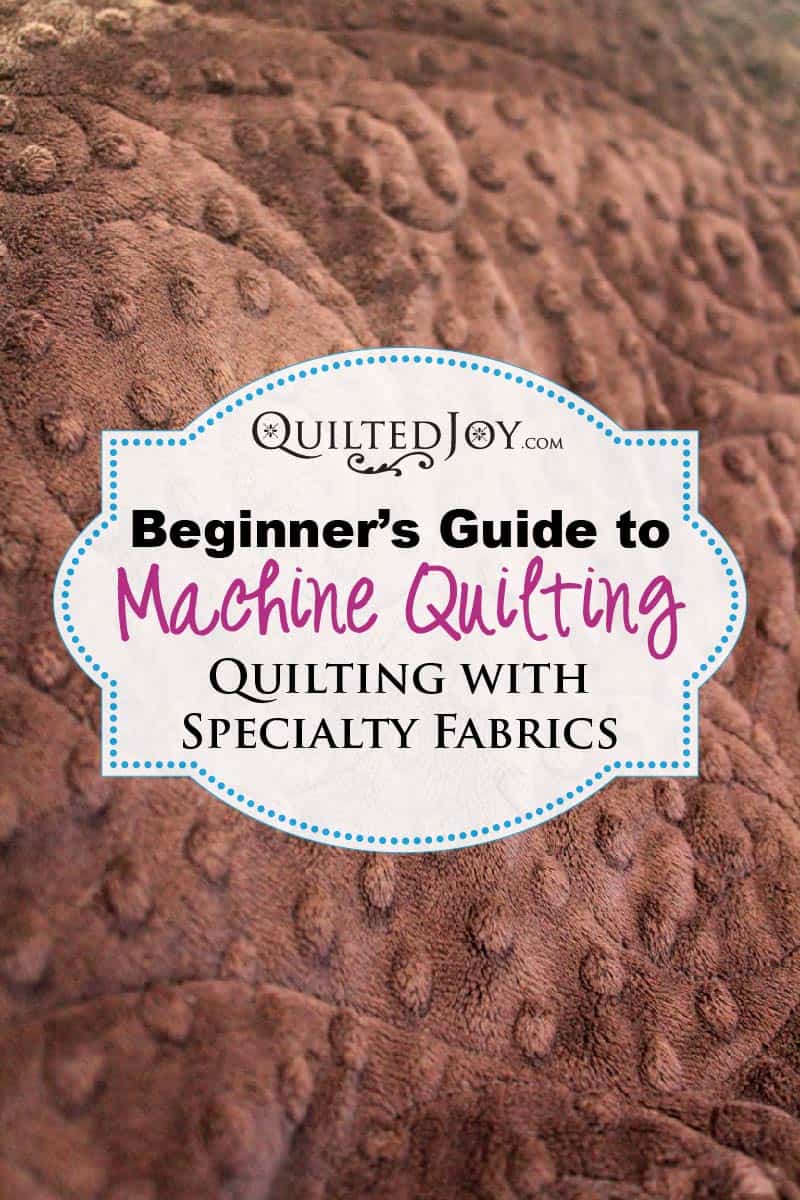
Have you ever had a friend suggest that you use Minky to back a quilt, only to have another friend say, "It's SO hard to sew with Minky!" Should you try it or not? Is it O.K. to use fabrics other than quilting cotton in your quilt? The answer is YES! Some fabrics need to be stabilized, others may need to be loaded a certain way if you are using a stand up quilting machine, but you can make them work. In the latest post for the Beginner’s Guide to Machine Quilting let’s take a look at quilting with specialty fabrics like T-shirts and Minky.

If you've made a T-shirt quilt, then you likely have added a fusible stabilizer such as a Pellon product to the back of a T-shirt to stabilize it. Without this step, the T-shirt fabric would have been very stretchy. Other fabrics such as lightweight, sheer fabrics need stabilizers to make them closer in weight to other fabrics in the quilt as well as to make them less stretchy. Minky, or microfleece, and its many soft, fuzzy cousins with names like "Cuddle", "Dot", and "Dimple" are wonderfully soft and are excellent backing fabrics. They are 100% polyester and are very stretchy as well. We love to use Minky or Cuddle Microfleece as a backing fabric. Here is a helpful article by APQS Customer Service and Education Director Dawn Cavanaugh on how to deal with Minky and other stretchy backing fabrics.

In our own business, we recommend Minky all the time to customers who seek a soft backing. We carry several colors of this incredibly soft fabric and those who rent our longarm machines frequently bring it in as a backing. When working with Minky you'll want to keep in mind that it is stretchier one way than the other. If you are quilting using a stand up quilting machine, you'll want to load it so that the selvage runs perpendicular to the backing bar on the table for the greatest stability. If you must seam your Minky, be sure to sew the seam with a walking foot and use PLENTY of pins to minimize the stretch. We also recommend that if the Minky is embossed (e.g., has a design like dots that stands out from the rest of the fabric), that you do NOT press any seams in the backing. Heat will remove the embossed texture. Most of the time a finger press will work just as well. Having said that, it is much easier to use one of our newer wide back microfleece backings instead of trying to deal with a bulky seam when using this type of specialty fabric for your backing.

Another common question pertains to needle type. It is generally recommended that you use a ballpoint needle to sew a knit fabric like Minky, which is relatively easy to find for a domestic sewing machine. However, there is less variety in longarm needles than there is in domestic sewing machine needles, both in size and in tip shape. The two most common longarm needles are the R (sometimes called a sharp needle) and the FG or FFG (also called a ballpoint needle). The FG and FFG needles are usually titanium-coated, where the R needle is chrome. More technical information on needles can be found at this page, courtesy of Groz-Beckert and Superior Threads. So, what about bedsheets? Denim? Other unusual fabrics? Here is another post from APQS's marketing team that may give you some good ideas. This article is part of the Beginner’s Guide to Machine Quilting series. Click here for more articles in the series.

I’m Angela- Co-host of the Fons & Porter’s Love of Quilting PBS show. APQS Long arm Dealer and Educator. Triplet Momma. Designer. Thread Bimbo.


































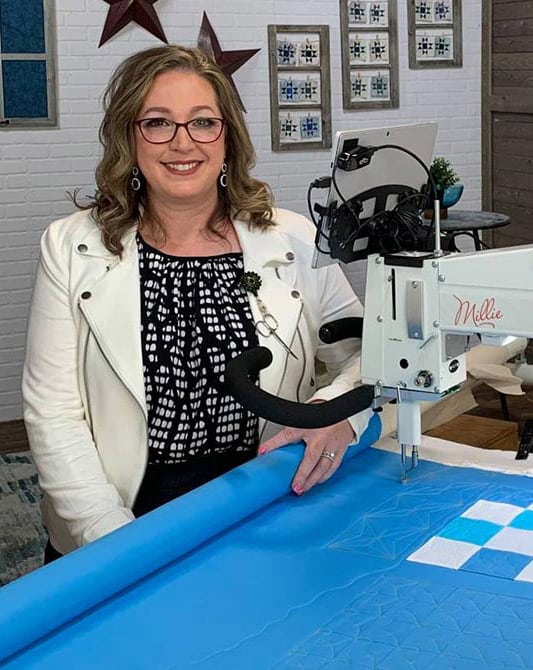
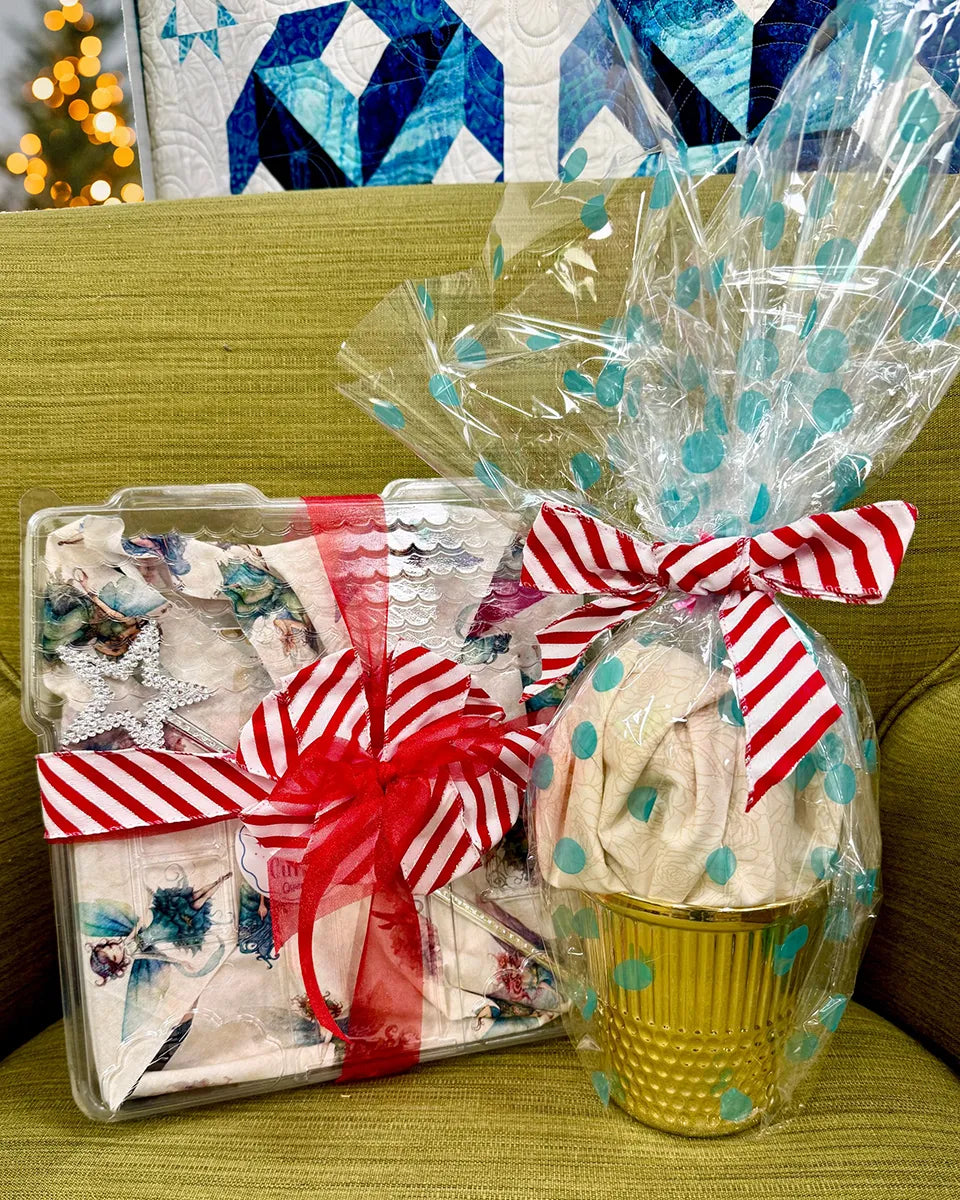
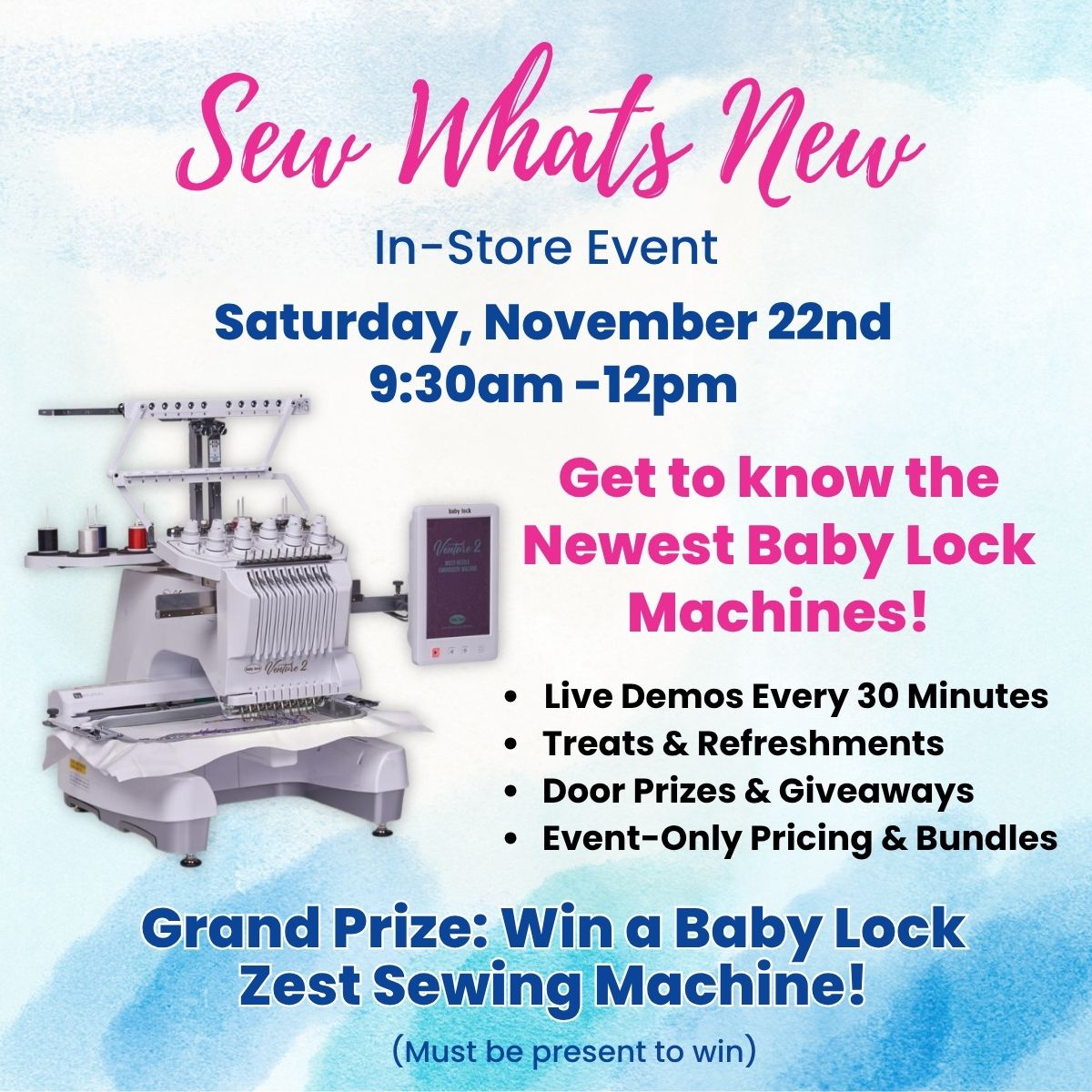
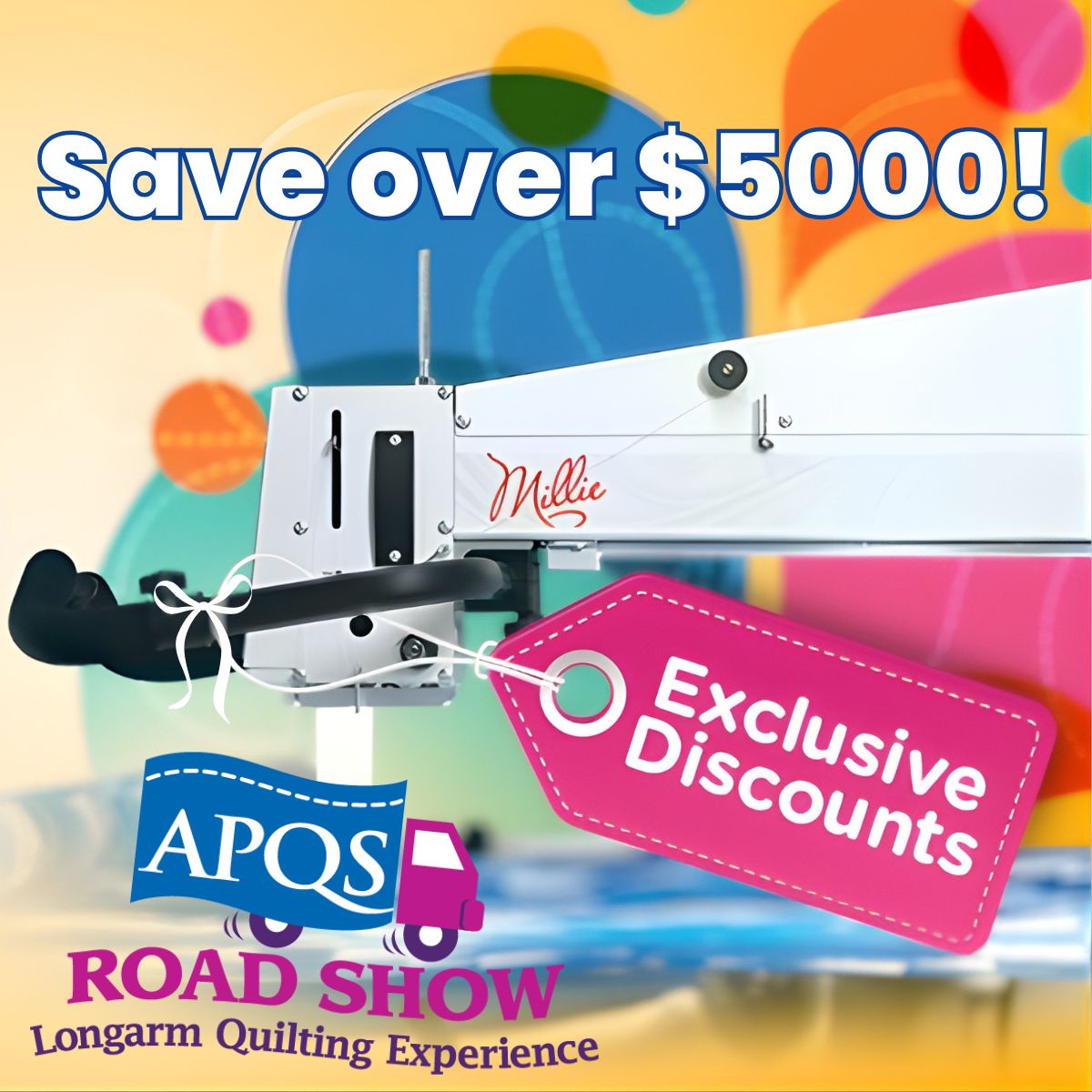
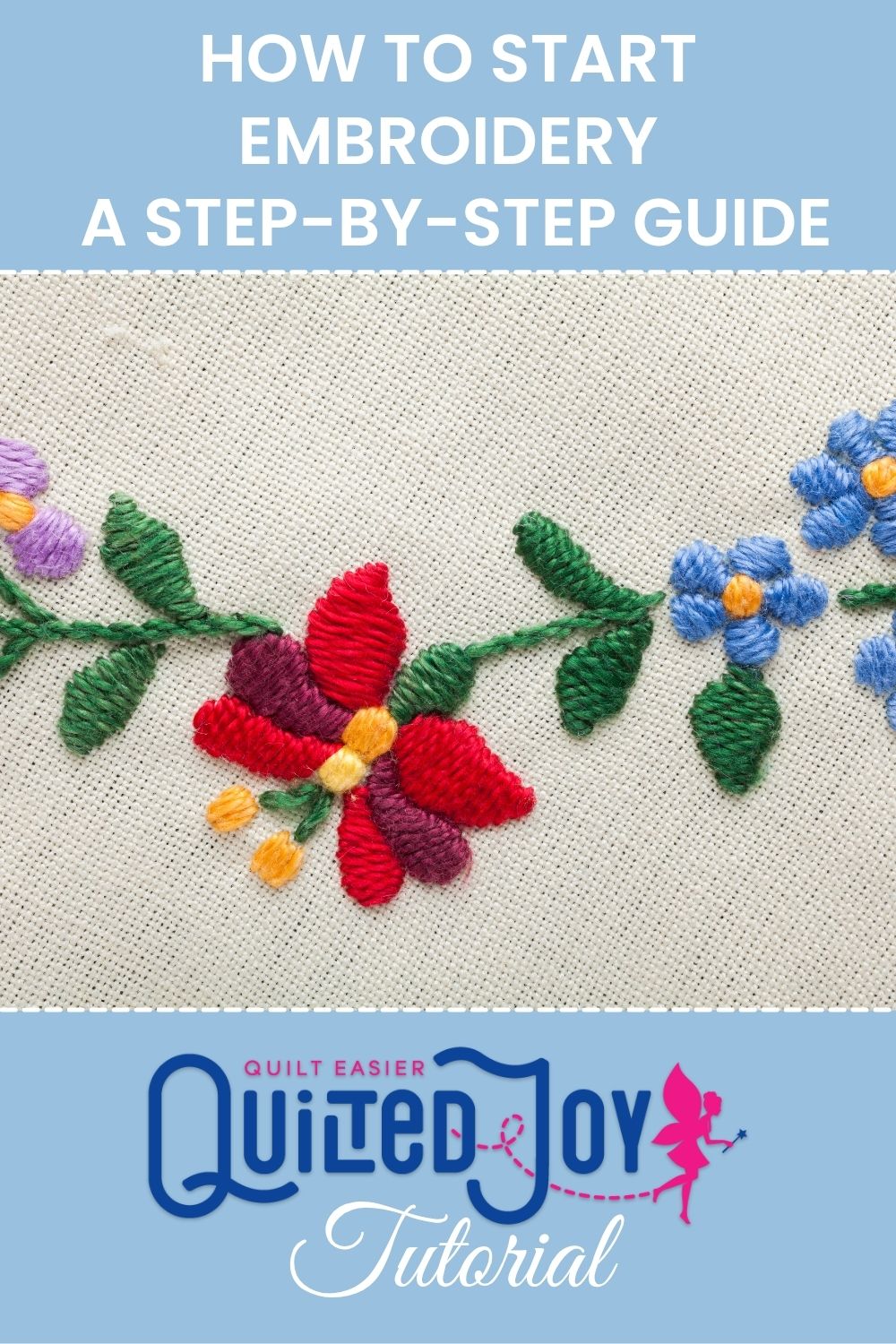

Leave a Reply